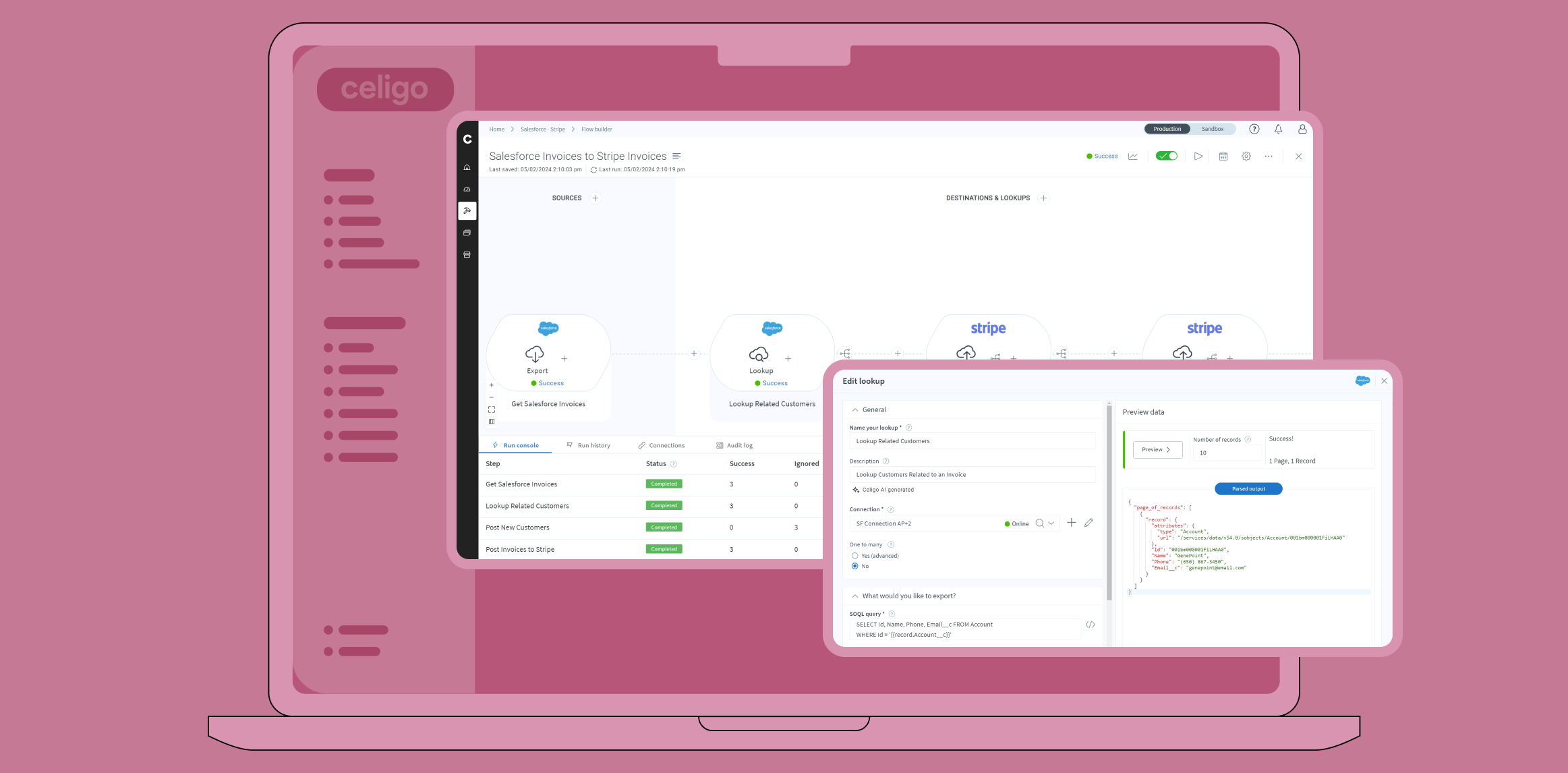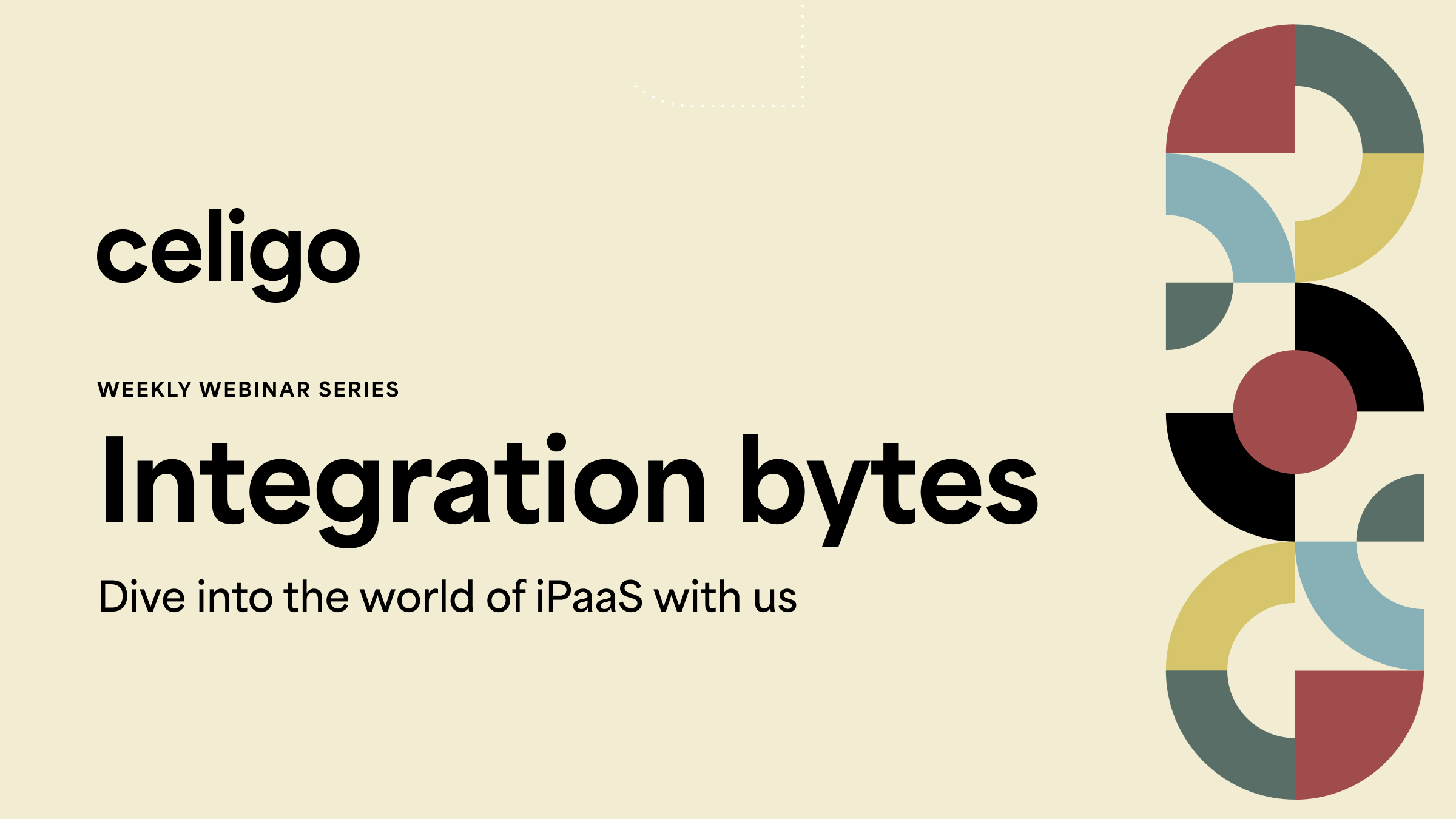Published Mar 22, 2023
Shadow IT: Causes, Symptoms, and Solutions
Shadow IT is the use of IT-related hardware or software by a department or individual without IT approval. Unauthorized tools can put a company at risk of compliance violations or data breaches. Unfortunately, the rapid adoption of SaaS applications has made shadow IT more prevalent, exposing organizations to security risks and organizational dysfunction. In this post, we’ll cover the causes and symptoms of shadow IT and offer solutions for IT teams as they navigate this challenge.
Digital Friction and Shadow IT
Even before the rush to digital transformation driven by COVID-19, high-growth businesses relied on the rapid implementation of SaaS applications. The shift to SaaS solutions enabled companies to cherry-pick best-of-breed software — with faster evaluation and decision-making cycles generally led by business teams instead of IT — rather than using less effective solutions bundled with a software suite.
While the emergence of best-of-breed SaaS tools allows business teams to choose the solution that best fits their needs, one challenge is that the decision-making criteria are now defined by the business units funding those investments, rather than by IT. This is often where shadow IT starts. Another challenge is that IT teams need to rapidly deploy SaaS applications to appease a variety of business teams with very different needs and use cases. The speed of this shift — and the circumstances that drove both the shift and the distributed decision-making around investment in cloud solutions — often resulted in system and information silos.
Gartner created a term for the impact of this: Digital Friction, which they describe as the unnecessary effort an employee has to exert to use data or technology for work. Businesses are investing in digital technologies, but most are not realizing anticipated improvements. Rapid technology investments are overloading employees with rapidly growing numbers of siloed solutions and complex workflows spanning multiple systems. People end up needing more time and effort to get work done. This unnecessary effort, or digital friction, reduces employee and team productivity and degrades business performance.
A Workforce of Hackers
Even before the pandemic, the increase of Millennial and Gen-Z employees in the workforce drove increasing digital workforce maturity. These digital natives grew up in a digital world and were already immersed in modern interfaces and user experiences. The rapid implementation of new technologies for remote work and touchless customer experiences forced older employees who had previously resisted modern technology to adapt to remain relevant. This has resulted in a work environment where almost all end-users have a degree of digital fluency and will proactively find and leverage cloud apps that bridge the gaps left by company-approved applications to ensure they have the tools they need to perform their jobs as efficiently as possible.
Nearly 80% of workers admit to using SaaS applications at work without getting approval from the IT department. In general, these shadow solutions are adopted by an employee or a team with the intention to improve the effectiveness of their role and boost productivity. In essence, most IT leaders are faced with a workforce of hackers who are seeking out their own solutions to the problem of digital friction.
Policies Address the Symptoms, Not the Causes
Discovery tools designed to identify both authorized as well as unauthorized shadow-IT usage are becoming increasingly popular. Many organizations are also investing in cloud access security brokers (CASB) to enable IT to control user access to cloud services and improve data security and compliance. While identifying unauthorized usage and securing cloud services are absolutely necessary, they address the symptoms, not the problem. As we discussed earlier, users resort to shadow IT to support current business processes. If IT were to simply cut off access to these services without offering solutions the results will either be reduced individual and team productivity and degraded business performance (plus angry business users and leaders) or more shadow IT.
And while the development and publishing of shadow IT policies are all well and good, effective enforcement of the policies outside the firewall is all but impossible.
What is A Modern iPaaS?
An iPaaS is the best option to automate business processes at scale. An iPaaS not only accelerates the integration of new SaaS technologies into business processes but helps to create seamless, unified customer experiences, enabling business teams to obtain real-time data and aggregate data from multiple sources for analytics.
While a traditional iPaaS will provide these benefits, these solutions are more limited because they are designed to enable the IT function to address integration problems across the enterprise in a way that maximizes the productivity of technical resources.
A modern iPaaS, like Celigo, enables everyone in the organization to proactively address integration problems across the enterprise and drive continual business performance improvement in a way that maximizes organizational agility. The greater democratization of tools and skills to build and deploy integrations leads to increased automation, better analytics, and improved speed, efficiency, and accuracy of key business processes accelerating growth, fostering innovation and driving competitive advantage.
The Best Medicine for Shadow IT
A modern iPaaS directly addresses the causes of shadow IT by minimizing digital friction. iPaaS capabilities enable IT to reduce SaaS usage and sprawl without loss of business capabilities by simplifying automation of business processes and integration of data across applications. A modern iPaaS can have a greater impact by accelerating IT’s integration projects to improve the impact of current SaaS investments, but also by providing technologically adept workers with safe technology that enables DIY ingenuity, experimentation, and innovation. Rather than resorting to shadow IT solutions, people can modify, customize, or configure their own analytics, process automation, and solutions using a common toolset that provides IT with controls to maintain security, compliance, and effective operations.
Introducing the Integration Maturity Model
In this eBook, Introducing the Integration Maturity Model, we share our framework for understanding how companies can build integrations based on their stage of development.
About Celigo
At Celigo, we enable breakaway growth, controlled cost management, and superior customer experiences by ensuring that every process – at any level of the organization – can be automated in the most optimal way.
Create efficiencies within every department in your organization and experience more value from your applications.





